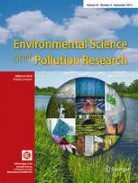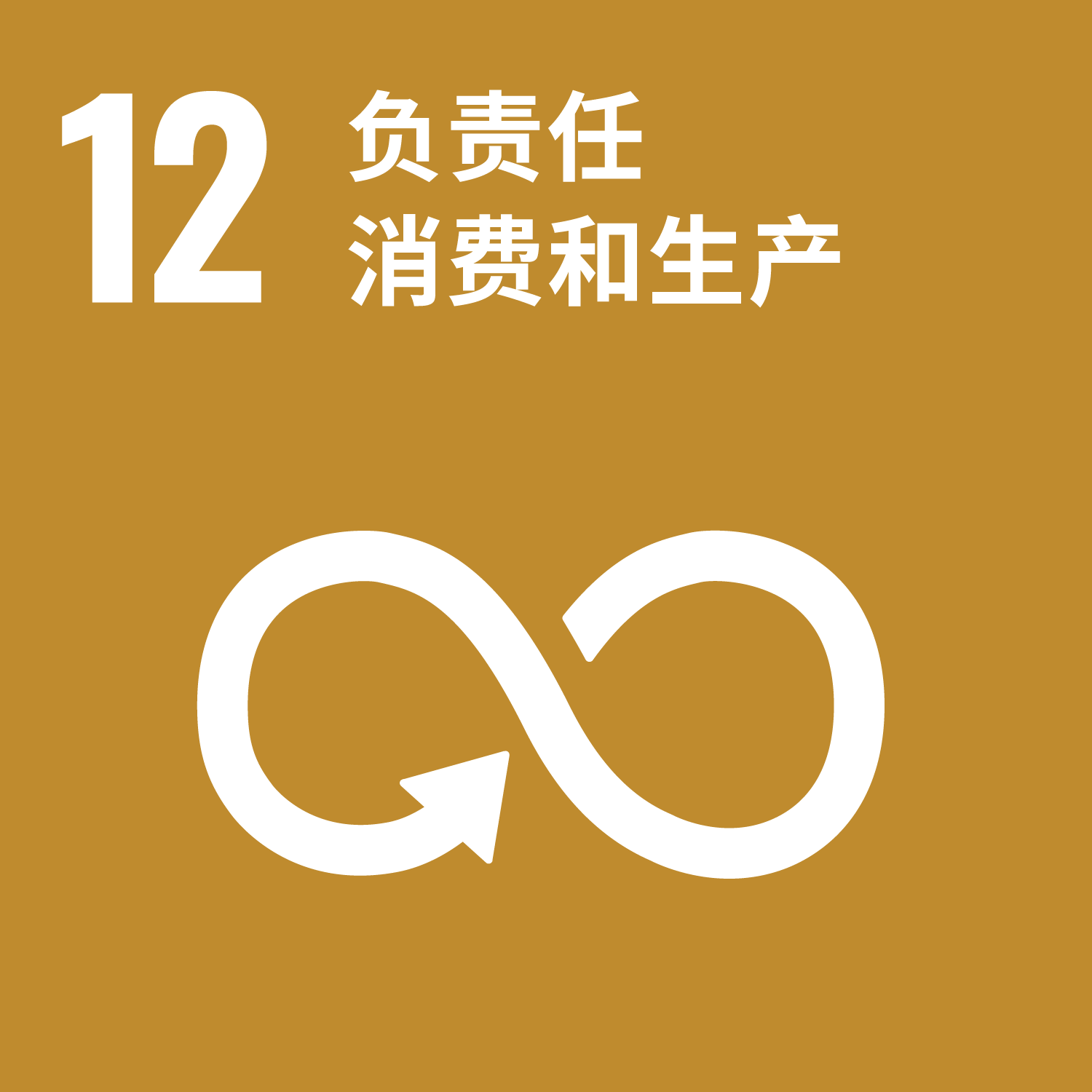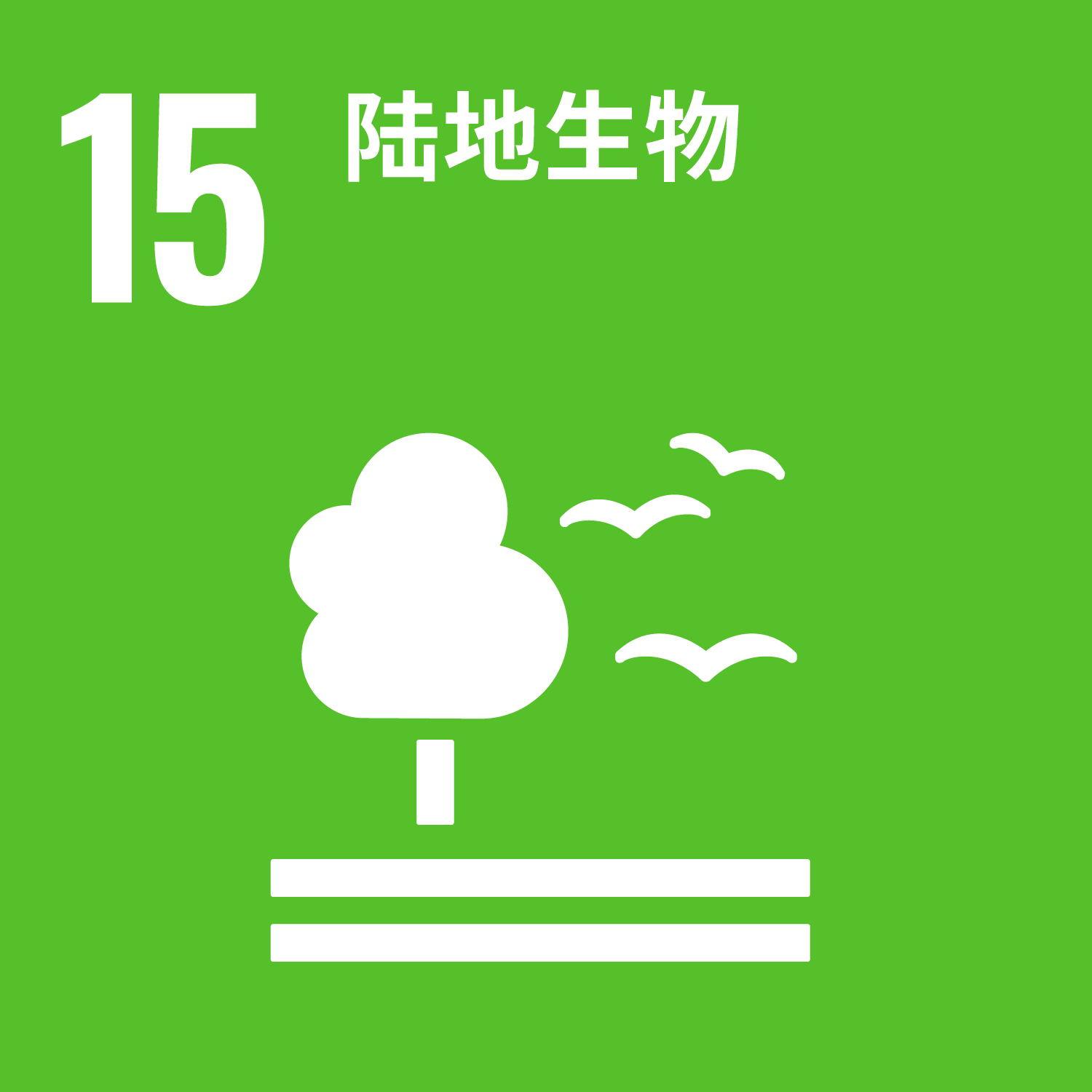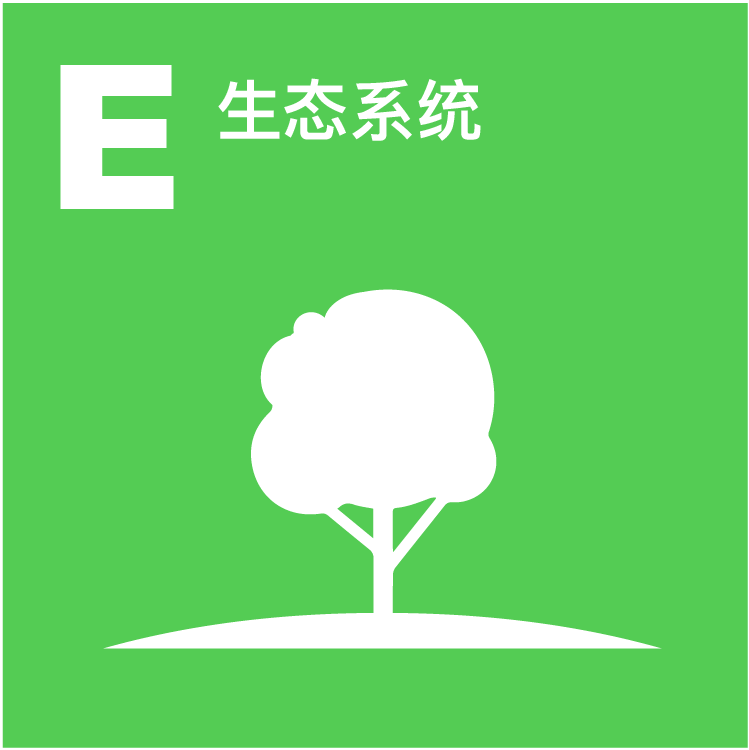Agricultural mulch film pollution has become a prevailing concern. Studies have shown that the thickness of mulch film is a key factor affecting mulch film recycling, but research about farmers’ choice on mulch film thickness is lacking. Based on survey data from 2025 households in five Chinese provinces in 2018, the Heckman two-stage model was used to analyze the influencing factors of farmers’ choice on mulch film thicknesses. Mulch film had been used by 21.98% of the sample households, and 41.47% of the used mulch film did not meet the national thickness standard. The econometric results showed that farmers’ product cognition and market factors were the two most important factors, and there was a significant negative correlation with the choice of film thickness. In addition, the choice of mulch film with different thicknesses was affected by household characteristics, subjective norms, and farmland property rights. Strengthening and stabilizing farmland property rights is a long-term mechanism to promote farmers to choose thicker mulch film. In addition to strengthening the production and sale of substandard film supervision, farmers’ choice of film thickness should be included in village regulations and other rural grass-roots governance systems, especially in the mechanism design between agricultural farmland protective subsidies and the prevention of mulch film pollution, rather than just considering the recycling itself.
Corresponding author: Xiangbo Xu, ydxu.ccap@igsnrr.ac.cn






